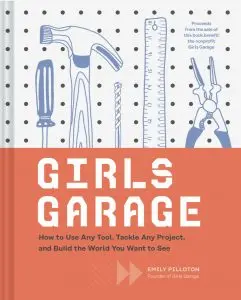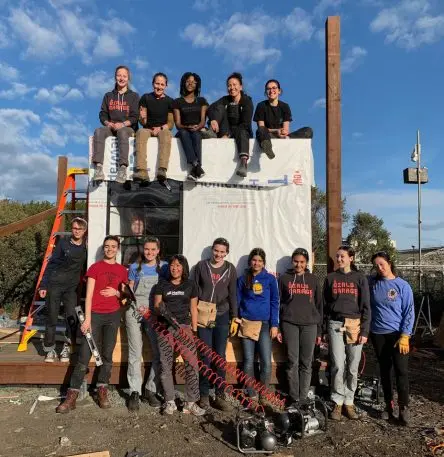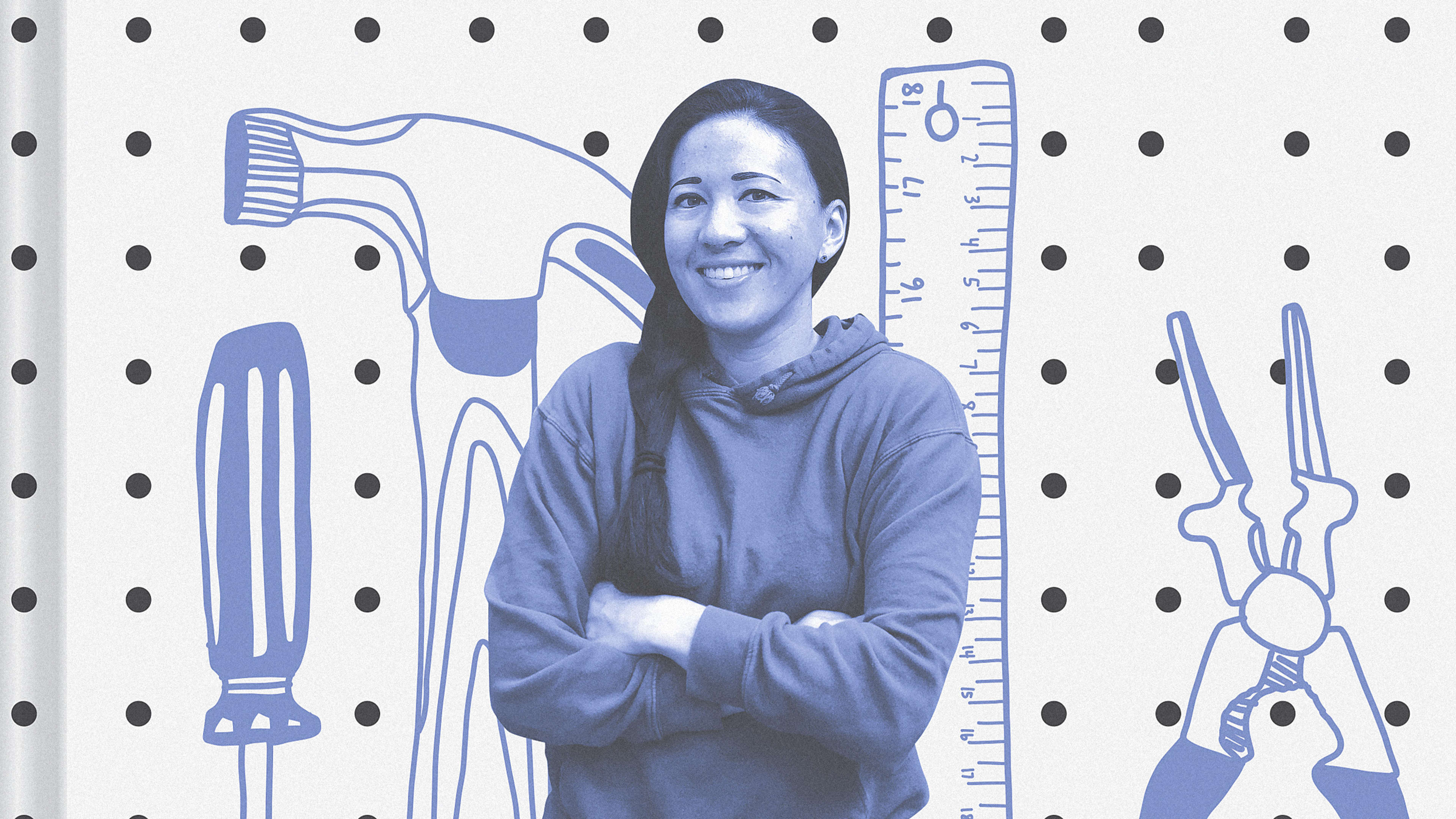When I used a miter saw for the first time, its 12-inch blade spinning at 3,000 rpm to cut through lumber like butter, I felt like a superhero. With a firm grip and focused eye, the machine screamed, the sawdust flew, and what was once one wooden board became two. It was as if the might of the saw itself had osmosed into my hands, arms, and heart.

Using that miter saw, the way I thought about my power changed. I can build the world I want to see for myself, I thought. What took longer to realize, as I entered the field of architecture and construction, is that I wouldn’t have a lot of help. Currently only 3.4% of construction trade workers are female. Only 13% of engineers and 20% of licensed architects are women. We’ve heard that underrepresentation is a pipeline problem, and then, no, it’s a retention problem (only 30% of women who earn a bachelor’s degree in engineering are still working in the field 20 years later). As we’ve struggled to identify the linchpin, I wonder if the answer is simpler. Could it be that the common thread between the women who have stayed in these trades is early exposure to power tools?
For girls, who throughout their lives experience self-doubt and impostor syndrome more frequently and intensely than their male counterparts, a habit of using tools to fix, build, and otherwise control their own worlds fosters a mindset of unwavering strength and agency. Simone Parisi, 16, a long-time attendee of the Girls Garage design and building program I founded in 2013, says that tools have given her a literal sense of power. “I love the feeling of holding the impact driver and using my own strength and force to drive a screw into the wood.”

And for Erica Chu, 18, whom I taught to weld at age 10 and who will matriculate in San Jose State University’s civil engineering program this fall, building is part of her identity. “When I’m building, I am reminded that I have the power to go against female stereotypes. I want to be an engineer, and I know I can get there. I will never give up my ‘building warrior’ talent.” Allison Oropallo, carpenter and engineering teacher, agrees. “When I was six years old, I built my first project, a wooden piggy bank, with my dad,” she said. “For my whole childhood, I worked side by side with him no matter how dangerous, difficult, or complicated the task, and as a result, I always knew I could do and build anything.” Didn’t these power tools serve as metaphors to our younger selves that we held the power to change the world right there in our hands?
Since early humans first picked up a stone and used it to crush seeds 3 million years ago, we’ve long understood that a tool allows us to do things our bodies alone cannot. Then, 32,000 years ago, we added a wooden handle to that stone, creating the first hammer, extending the radius of our swing, and multiplying the force of our impact. Ever since, we’ve been improving and honing tools to perform ever more specialized functions, increase our physical power, repair things when they break, and of course build things from scratch. Philosophically, tools also ask us to make choices about our own value systems and to use them in ways that define our identity.

So tools are, and always have been, a source of self-efficacy and confidence. Imagine what they might do for a young girl beginning to ask questions about her place in the world. While studies have pointed to female mentors, exposure to career paths, and confidence in math as key factors for girls’ success in the STEM fields, let us not underestimate the individual, cell-shifting experience of firing up a power saw for the first time, using it to build a tangible project, and then saying, “I built that.”
In this particular moment, the power of power tools is even more acute. When everything feels out of our hands, our basic health and safety in question, it’s no surprise that we’re baking bread and building victory gardens and channeling our inner makers to regain some sense of control. But once the pandemic ends, will we like the world we step back into? The dearth of women in the trades carries troubling implications for who gets to be the authors of our physical world (mostly white men), and for whom it has been designed and built (mostly white men). “The white male experience is taken as the default, and assumed to represent all experiences,” says Allison Arieff, architecture and design writer.
“The experiences of women—what it’s like to feel unsafe walking down the street, carrying a stroller onto a bus, moving through the city from work to home and back—have not been considered,” Arieff continues. The presence and voices of women in these spaces isn’t just important, it’s essential for creating a more just and equitable world. “If the world was designed by and for women, it would be designed for everybody,” she says.
What might our world look like if every girl in America, or the world, stormed the aisles of Home Depot and went forth to build the world she wanted to see? How might our conversations in boardrooms, labs, and state buildings go if every woman had experienced her own power through the spark of a welding torch or the buzz of a chainsaw? How might 18-year-old girls cast their first votes if they were certain of their own ability to edit, shape, and improve the world? No single power tool can possibly be the panacea for gendered injustices, though Chu might tell you otherwise. “I’m a young female engineer who has huge goals of building beautiful, functional buildings. Using tools and building projects for my community has taught me about my importance to the world around me.”
As soon as construction was reopen for business in our county, Simone Parisi, Erica Chu, and I were back on a job site at a nearby urban farm. Alongside my two co-forewomen and eight other teenage girls, we put on our tool belts, turned on the power tools, and got to work on a community chicken coop we designed ourselves. When girls begin to build the world they want to see, the bridges, buildings, and sidewalks will look fundamentally different. And on a deeper level, our world will shift toward equality.
Emily Pilloton is the founder and executive director of Girls Garage and author of Girls Garage: How to Use Any Tool, Tackle Any Project, and Build the World You Want to See
Recognize your brand’s excellence by applying to this year’s Brands That Matter Awards before the early-rate deadline, May 3.
